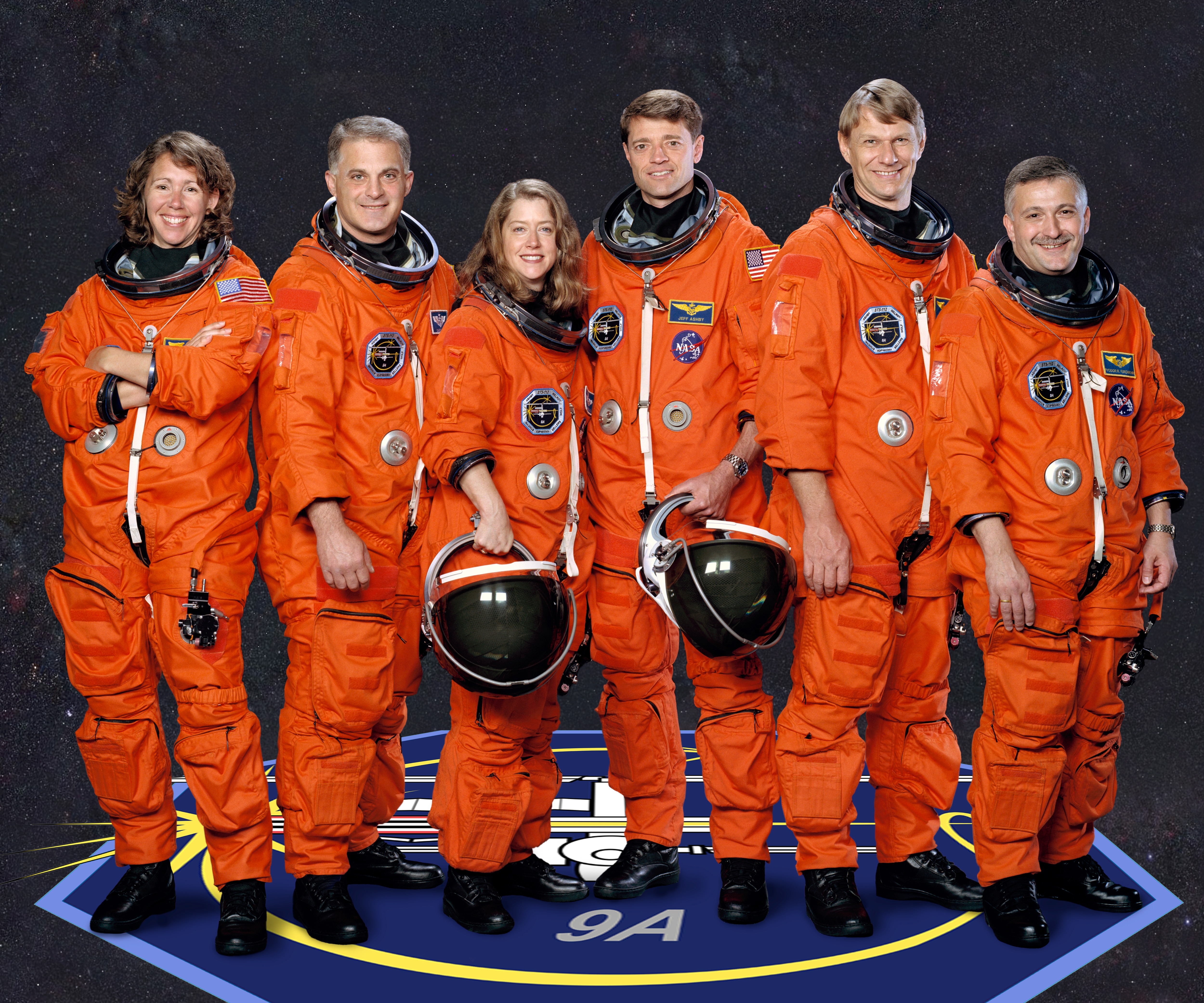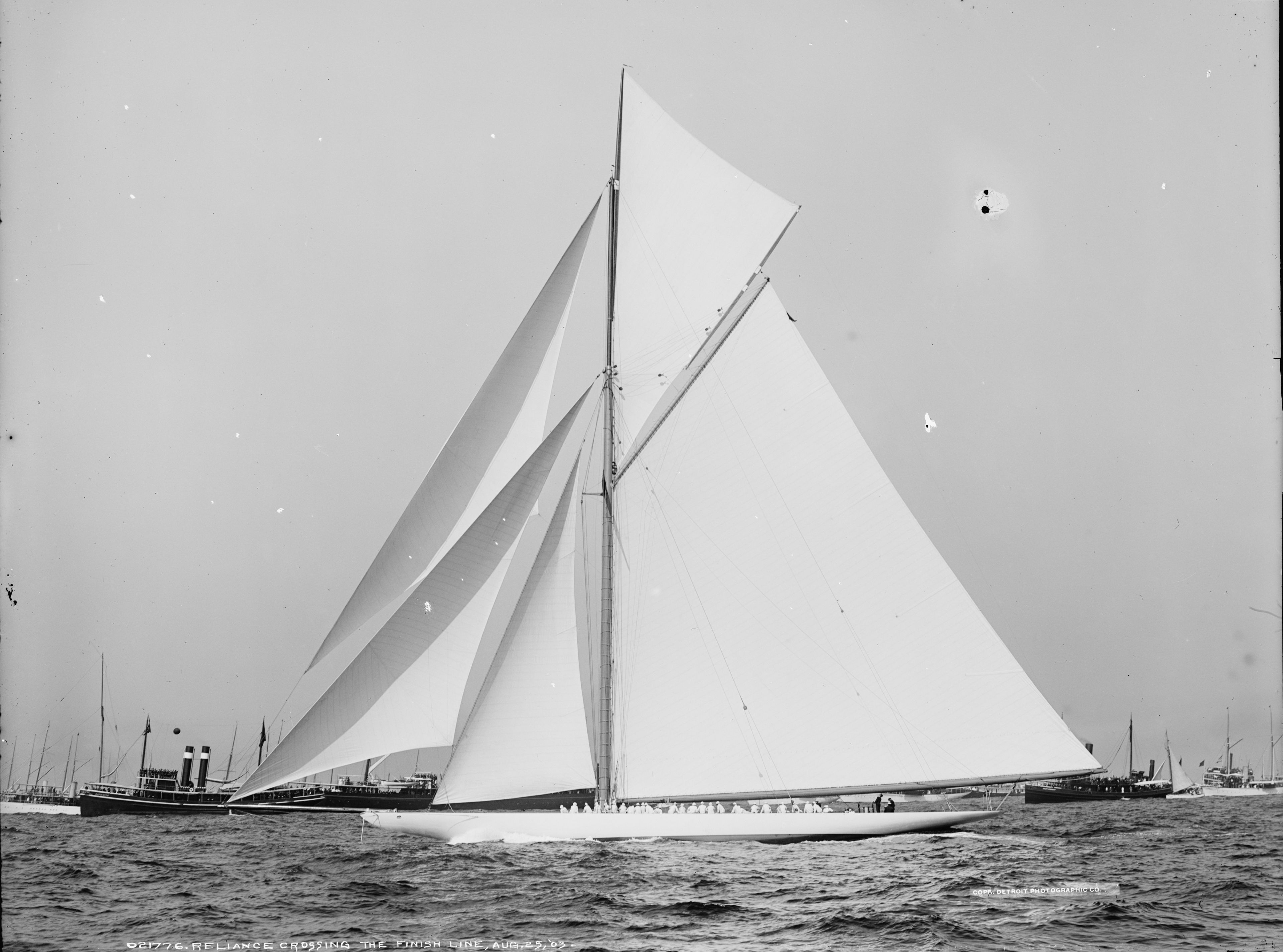|
18ft Skiff
The 18 ft Skiff is considered the fastest class of sailing skiffs. The class has a long history beginning with races on Sydney Harbour, Australia in 1892 and later in New Zealand. The boat has changed significantly since the early days, bringing in new technology as it became available. Because of the need of strength, agility and skill, the class is considered to be the top level of small boat sailing. Worldwide this boat is called the "18 Foot Skiff". It is the fastest conventional non-foiling monohull on the yardstick rating, with a score of 675, coming only third after the Tornado and Inter 20 (Both multihulls). History The 18 ft Skiff has come a long way in more than 100 years of continuous development.See section 16.10 of From heavy boats carrying a crew of ten or more, to today's high-tech, light-weight, high performance design. Parts of the history of the early days of skiff sailing, between 1892 and 1945, is found on thpages of the Australian 18 Footers Leag ... [...More Info...] [...Related Items...] OR: [Wikipedia] [Google] [Baidu] |
Trapeze (Dinghy Gear)
In sailing, the trapeze is a wire that comes from a point high on the mast, usually where the shrouds are fixed, to a hook on the crew member's harness at approximately waist level. The position when extended on the trapeze is outside the hull, braced against it (or an extension of it outwards) with the soles of the feet, facing the masthead, and clipped on by a hook on the trapeze harness. This gives the crew member more leverage to keep the boat flat by allowing the crew member's centre of gravity to balance the force of the wind in the sails. An additional benefit is the ability to "walk" along the gunwale to balance the boat's trim fore and aft. This is necessary to prevent racing catamarans such as the Tornado from digging the bow into the water, also called pitchpoling, and causing a nosedive and often a spectacular capsize. Boats may have only one trapeze, such as the 420 and the 29er, where only the crew uses the trapeze. Dinghies, such as the International 14 and th ... [...More Info...] [...Related Items...] OR: [Wikipedia] [Google] [Baidu] |
Crew
A crew is a body or a class of people who work at a common activity, generally in a structured or hierarchical organization. A location in which a crew works is called a crewyard or a workyard. The word has nautical resonances: the tasks involved in operating a ship, particularly a sailing ship, providing numerous specialities within a ship's crew, often organised with a chain of command. Traditional nautical usage strongly distinguishes officers from crew, though the two groups combined form the ship's company. Members of a crew are often referred to by the title '' crewman'' or ''crew-member''. ''Crew'' also refers to the sport of rowing, where teams row competitively in racing shells. See also *For a specific sporting usage, see rowing crew. *For filmmaking usage, see film crew. *For live music usage, see road crew. *For analogous entities in research on human judgment and decision-making, see team and judge–advisor system. *For stagecraft usage, see stage crew. *For ... [...More Info...] [...Related Items...] OR: [Wikipedia] [Google] [Baidu] |
Mainsail
A mainsail is a sail rigged on the main mast of a sailing vessel. * On a square rigged vessel, it is the lowest and largest sail on the main mast. * On a fore-and-aft rigged vessel, it is the sail rigged aft of the main mast. The sail's foot is normally attached to a boom. (In extremely heavy weather, the mainsail may be lowered, and a much smaller trysail hoisted in its place). Historical fore-and-aft rigs used a four-sided gaff rigged mainsail, sometimes setting a gaff topsail above it. Whereas once the mainsail was typically the largest sail, today the mainsail may be smaller than the jib or genoa; Prout catamarans typically have a mainmast stepped further aft than in a standard sloop, so that the mainsail is much smaller than the foresail. Bermuda rig The modern Bermuda rig uses a triangular mainsail aft of the mast, closely coordinated with a jib for sailing upwind. A large overlapping jib or genoa Genoa ( ; it, Genova ; lij, Zêna ). is the capital of ... [...More Info...] [...Related Items...] OR: [Wikipedia] [Google] [Baidu] |
Cleat (nautical)
In nautical contexts, a cleat is a device for securing a rope. Types Types of cleat designs include the following: * A horn cleat is the traditional design, featuring two “horns” extending parallel to the deck or the axis of the spar SPAR, originally DESPAR, styled as DE SPAR, is a Dutch multinational that provides branding, supplies and support services for independently owned and operated food retail stores. It was founded in the Netherlands in 1932, by Adriaan van Well ..., attached to a flat surface or a spar, and resembling an anvil. * A cam cleat in which one or two spring-loaded cams pinch the rope, allowing the rope to be adjusted easily, and quickly released when under load. * A jam cleat in which the line is pinched in a v-shaped slot. * A clam cleat (or jam cleat) in which the rope is held between two fluted stationary pieces. Such a cleat vaguely resembles two halves of a clam shell held back to back. It is more compact than a cam cleat, but the rope is ... [...More Info...] [...Related Items...] OR: [Wikipedia] [Google] [Baidu] |
Australian Historical Skiff Association
Australian(s) may refer to: Australia * Australia, a country * Australians, citizens of the Commonwealth of Australia ** European Australians ** Anglo-Celtic Australians, Australians descended principally from British colonists ** Aboriginal Australians, indigenous peoples of Australia as identified and defined within Australian law * Australia (continent) ** Indigenous Australians * Australian English, the dialect of the English language spoken in Australia * Australian Aboriginal languages * '' The Australian'', a newspaper * Australiana, things of Australian origins Other uses * Australian (horse), a racehorse * Australian, British Columbia, an unincorporated community in Canada See also * The Australian (other) * Australia (other) * * * Austrian (other) Austrian may refer to: * Austrians, someone from Austria or of Austrian descent ** Someone who is considered an Austrian citizen, see Austrian nationality law * Austrian German dialect * ... [...More Info...] [...Related Items...] OR: [Wikipedia] [Google] [Baidu] |
Spinnaker Pole
A spinnaker pole is a spar used in sailboats (both dinghys and yachts) to help support and control a variety of headsails, particularly the spinnaker. However, it is also used with other sails, such as genoas and jibs, when sailing downwind with no spinnaker hoisted. (Since the load on a spinnaker pole is very light on this point of sailing, sometimes a special light spinnaker pole called a whisker pole is used in these circumstances.) The spinnaker pole is rigged to run from the base of the mast, where there is a special fitting for attaching one end of the pole, out to windward over the side of the boat. There, one of the control lines of whichever sail it is to be used with is run through a fitting on the other end of the spinnaker pole. This allows for more precise control of the corner of the sail to which the line is attached. For a spinnaker, the line attached to the pole is the guy, or brace, and the corner is the tack. For other headsails, such as a jib, the line ... [...More Info...] [...Related Items...] OR: [Wikipedia] [Google] [Baidu] |
Gaff Rig
Gaff rig is a sailing rig (configuration of sails, mast and stays) in which the sail is four-cornered, fore-and-aft rigged, controlled at its peak and, usually, its entire head by a spar (pole) called the ''gaff''. Because of the size and shape of the sail, a gaff rig will have running backstays rather than permanent backstays. The gaff enables a fore and aft sail to be four sided, rather than triangular. A gaff rig typically carries 25 percent more sail than an equivalent Bermudian rig for a given hull design. A sail hoisted from a gaff is called a gaff-rigged (or, less commonly, gaff rigged or gaffrigged) sail. Description Gaff rig remains the most popular fore-aft rig for schooner and barquentine mainsails and other course sails, and spanker sails on a square rigged vessel are always gaff rigged. On other rigs, particularly the sloop, ketch and yawl, gaff rigged sails were once common but have now been largely replaced by the Bermuda rig sail, which, in addition ... [...More Info...] [...Related Items...] OR: [Wikipedia] [Google] [Baidu] |
Australia
Australia, officially the Commonwealth of Australia, is a sovereign ''Sovereign'' is a title which can be applied to the highest leader in various categories. The word is borrowed from Old French , which is ultimately derived from the Latin , meaning 'above'. The roles of a sovereign vary from monarch, ruler or ... country comprising the mainland of the Australian continent, the island of Tasmania, and numerous smaller islands. With an area of , Australia is the largest country by area in Oceania and the world's sixth-largest country. Australia is the oldest, flattest, and driest inhabited continent, with the least fertile soils. It is a megadiverse country, and its size gives it a wide variety of landscapes and climates, with deserts in the centre, tropical Forests of Australia, rainforests in the north-east, and List of mountains in Australia, mountain ranges in the south-east. The ancestors of Aboriginal Australians began arriving from south east Asia approx ... [...More Info...] [...Related Items...] OR: [Wikipedia] [Google] [Baidu] |
Brisbane
Brisbane ( ) is the capital and most populous city of the states and territories of Australia, Australian state of Queensland, and the list of cities in Australia by population, third-most populous city in Australia and Oceania, with a population of approximately 2.6 million. Brisbane lies at the centre of the South East Queensland metropolitan region, which encompasses a population of around 3.8 million. The Brisbane central business district is situated within a peninsula of the Brisbane River about from its mouth at Moreton Bay, a bay of the Coral Sea. Brisbane is located in the hilly floodplain of the Brisbane River Valley between Moreton Bay and the Taylor Range, Taylor and D'Aguilar Range, D'Aguilar mountain ranges. It sprawls across several local government in Australia, local government areas, most centrally the City of Brisbane, Australia's most populous local government area. The demonym of Brisbane is ''Brisbanite''. The Traditional Owners of the Brisbane a ... [...More Info...] [...Related Items...] OR: [Wikipedia] [Google] [Baidu] |
Sydney
Sydney ( ) is the capital city of the state of New South Wales, and the most populous city in both Australia and Oceania. Located on Australia's east coast, the metropolis surrounds Sydney Harbour and extends about towards the Blue Mountains to the west, Hawkesbury to the north, the Royal National Park to the south and Macarthur to the south-west. Sydney is made up of 658 suburbs, spread across 33 local government areas. Residents of the city are known as "Sydneysiders". The 2021 census recorded the population of Greater Sydney as 5,231,150, meaning the city is home to approximately 66% of the state's population. Estimated resident population, 30 June 2017. Nicknames of the city include the 'Emerald City' and the 'Harbour City'. Aboriginal Australians have inhabited the Greater Sydney region for at least 30,000 years, and Aboriginal engravings and cultural sites are common throughout Greater Sydney. The traditional custodians of the land on which modern Sydney stands ar ... [...More Info...] [...Related Items...] OR: [Wikipedia] [Google] [Baidu] |
Olympic Sailing Classes
The Olympic sailing classes have been used in the sport of Sailing/Yachting during the Olympic Summer Games since 1896. Since then, 46 different classes have been used. History Over a period of more than 112 years, in a sport that uses complex technical equipment, classes will be discontinued for use at the Olympics. Reasons for discontinuation of a class varied from economical, logistical and technological to emotional and even political. Some of the discontinued classes remain very strong International - or National classes. Others filled a niche in a specific area like sailing schools or local club racing. Some faded away. The "Former Olympic Sailing Classes", together with their crews form an important and significant part of the history of sailing in general and Olympic Sailing in particular. These tables give an overview of the classes and when they were used for Olympic sailing. Current Olympic Classes Discontinued Olympic Classes Pre-WWII games (1900–1936) Post-W ... [...More Info...] [...Related Items...] OR: [Wikipedia] [Google] [Baidu] |
Litsea Calicaris
''Litsea calicaris'', the mangeao, is an evergreen tree endemic to the North Island of New Zealand, occurring in lowland forest from near North Cape south to about 38°S. It belongs to the Laurel family, Lauraceae. Description Mangeao is the only New Zealand representative of the genus ''Litsea'' which consists of 200–400 species of evergreen or deciduous trees or shrubs in tropical and subtropical Asia, Australia, North America and South America. There are more than 70 species in China, mostly in warm regions in the south and southwest. Mangeao grows up to in height, and has smooth dark greyish brown bark. The leaves are opposite, long, ovate or ovate-oblong, and bluish-green below. The flowers are small, in umbels of 4 to 5, the fruit is an oblong-ovoid drupe, long, reddish and seated on a disc. A tree planted by the Reverend Richard Taylor in 1860 was measured about 120 years later as tall with a trunk diameter of . Mangeao is commonest in the southern part of it ... [...More Info...] [...Related Items...] OR: [Wikipedia] [Google] [Baidu] |


.jpg)


